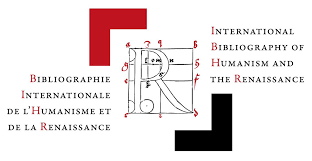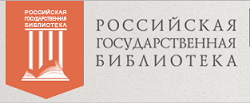Markers of demonism in the appearance and behavior of mythological characters (Polesye and Carpatho-Ukrainian beliefs about deceased unbaptized children)
DOI:
https://doi.org/10.31168/2073-5731.2020.1-2.3.01Keywords:
Folk demonology, Polesуe and Carpathian folk mythology, speech behavior stereotypes, unbaptized children, demonization of dead peopleAbstract
Representations of deceased unbaptized children as mythologized beings are more or less common in all Slavic traditions, but these characters occupy a different place in different regional mythologies. In some beliefs, they are perceived as relatively harmless souls from among their relatives, who must be considered, remembered in a timely manner, observe certain prohibitions on memorial days, and so on. In others beliefs, they are very dangerous spirits that can provoke various troubles, diseases and natural disasters. In some beliefs, these mythical creatures do not stand out from the total number of “unclean” dead. Accordingly, not everywhere these spirits form an independent class of demonological images in the general ethnic character system, they are not universally designated by specific terms and have a set of stable mythological characteristics. The article examines folk beliefs recorded in Polesye and in the Ukrainian Carpathians about the demonization of the souls of unbaptized children, and also attempts to characterize this category of the dead in terms of their speech behavior, which indicates the character’s acquisition of the status of evil spirits. The active speech behavior of these spirits characteristic of the Carpathian-Ukrainian tradition may indicate a high level of development of their mythological characteristics in the folk demonology of the Carpathian region, which preserves numerous archaic ethnocultural features.
For citation
Vinogradova L. N. Markers of demonism in the appearance and behavior of mythological characters (Polesye and Carpatho-Ukrainian beliefs about deceased unbaptized children) // Slavic Almanac. 2020. Issues 1–2. P. 365–384. DOI: 10.31168/2073-5731.2020.1-2.3.01






